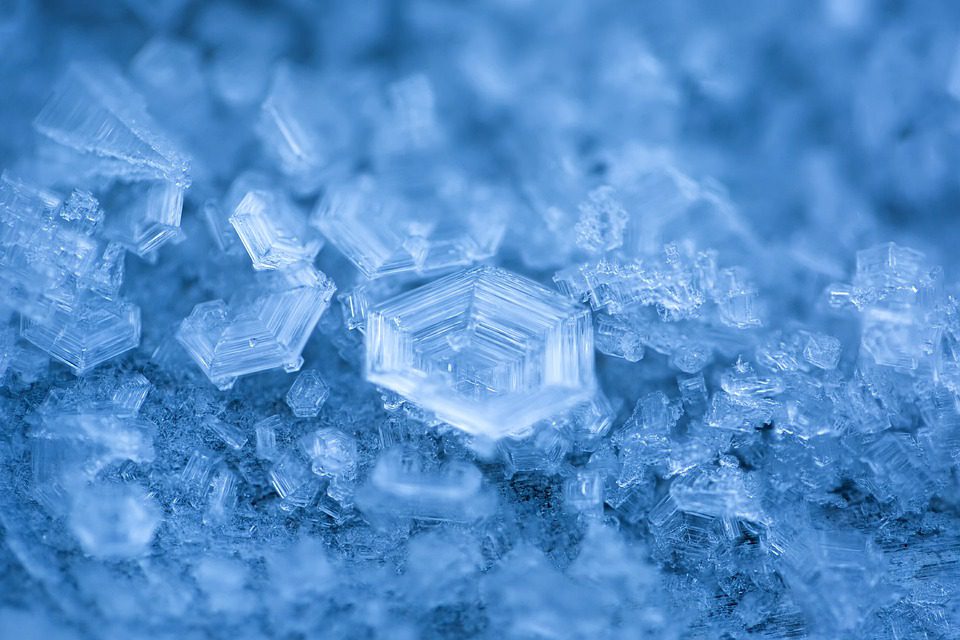Scientists at NLV have found a novel kind of ice that changes the way water behaves under extreme compression.
In the same way that carbon may create diamonds as well as graphite under certain pressure & temperature circumstances, solid water can produce a variety of solid structures. Water is remarkable in this regard since we recognize at least 20 different types of ice.
In the Nevada Extreme Conditions Lab at UNLV, researchers have developed a novel technique for determining the physical characteristics of water during immense pressure. Ice crystals were formed by squeezing the sample of water between both points of 2 diamonds that were facing each other. Afterward, the ice was warmed using a heat beam, causing it to thaw for a few seconds before re-solidifying into a fine dust.
The scientists watched the water ice change from a documented cubic phase to a freshly found tetragonal phase (Ice-VIIt), ultimately stabilizing into yet another reported phase, Ice-X, by gradually increasing the compression and shooting it with the laser pulse.
The shift to Ice-X, the state in which water becomes very rigid, happens at substantially smaller pressures than formerly believed. More than 3 times less than initially assumed, the shift to Ice-X happened at 300,000 atmospheres rather than 1 million.
The scientists suggest that the Ice-VIIt state of ice might be abundant in the mantle and crust of anticipated water-rich celestial bodies beyond our planetary system, implying that they potentially support life.
The bond reconfiguration was simulated using a powerful supercomputer, which predicted that the state changes would occur exactly where they were detected.
This unusual ice phase is improbable to be found on the crust of Earth, but it is expected to be a prevalent constituent in the Earth’s mantle and in water-rich planets as well as moons beyond our solar system.
The findings were published in Physical Review B.












Leave a Reply